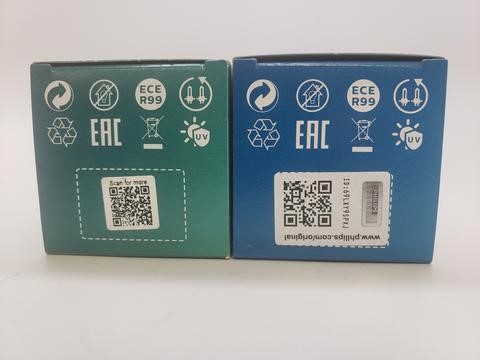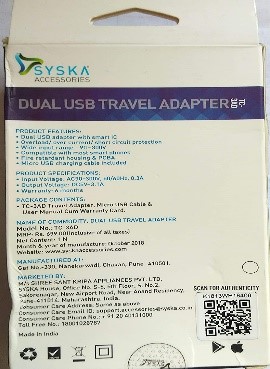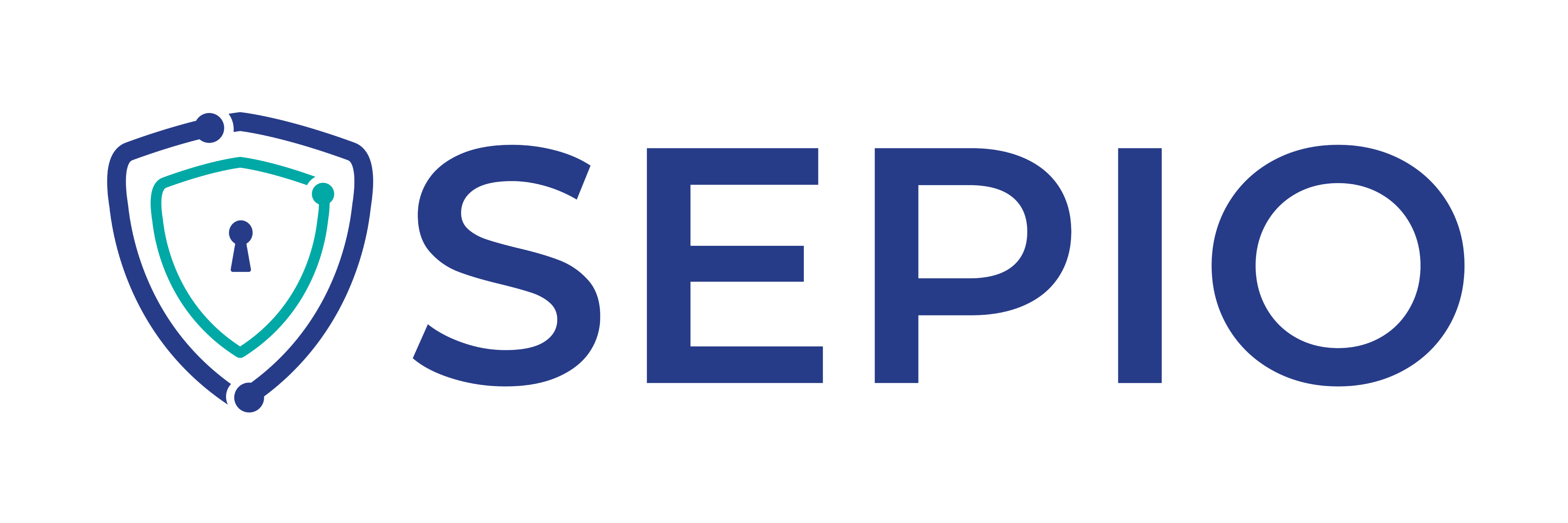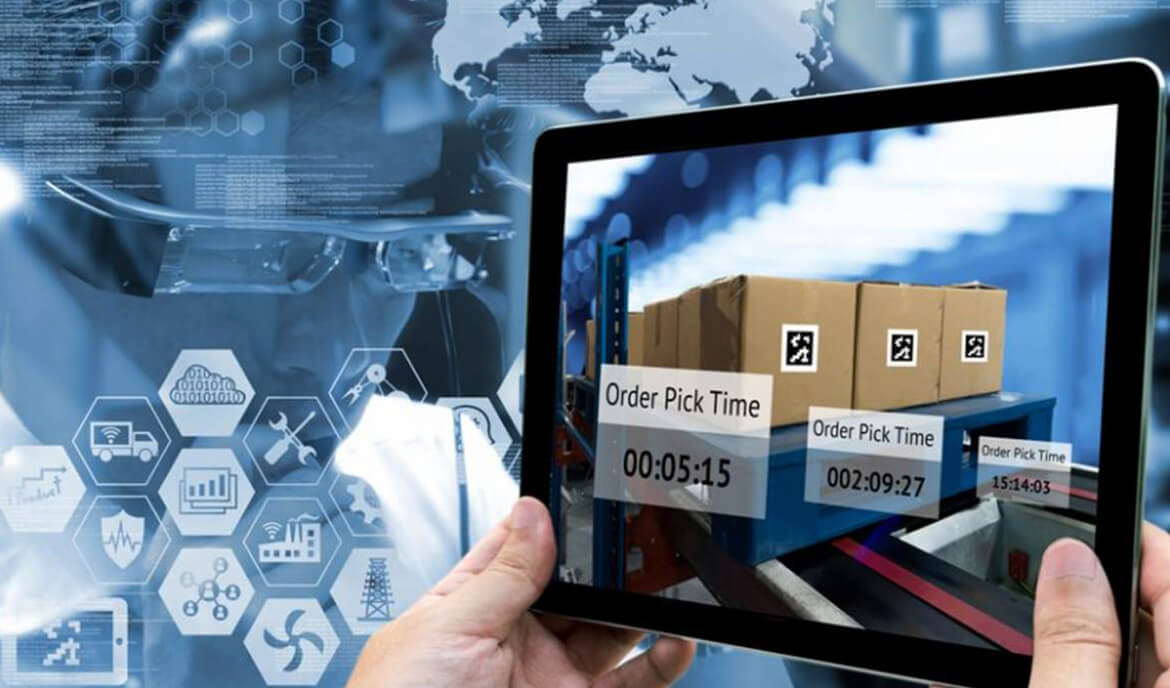How Consumer Electronics companies are driving profit using Digital Supply Chain
Digital supply chains have the capability to provide extensive information availability and as a result improve reliability, agility and effectiveness of the entire operations. With a highly competitive electronics manufacturing industry, one would expect the coronavirus pandemic, which caused major shifts in both supply and demand of components and products, to wreak havoc on the industry. Factory closures in Asia and shortages of components and materials interrupted manufacturing for many. Yet some companies, especially those who diversified their product lines, manufacturing sites and suppliers, quickly adjusted to the changing conditions and shifted operations to locations with less impact. Manufacturers who were able to respond to increased market demand, saw their revenue grow. Key to their success, these forward-thinking companies had invested in a digital supply chain.
Samsung, with a presence in 24 locations and more than 11,000 staff in Europe, had a fragmented and complex landscape of logistic service providers (LSP). They redesigned the operating model to integrate the organizations of the LSPs and Samsung. A central function was set up as a Track and Trace System for planning and controlling the product flow from port to customer, through automated processes. Cost data were made available automatically without manual intervention and delays. Additionally, the integration of shipper (selection, evaluation, invoicing) and inbound flow (terminal planning, customs status) of information was achieved. This solution helped Samsung build a flexible and integrated organization, increase load efficiency, improve visibility in supply chain, enhance transport efficiency with the tack and trace system. Many consumer electronics companies are adopting the concept of a digital supply chain with the help of smart packaging solutions.


Another such consumer electronics company which is leveraging smart packaging solutions is Siekens Electronics. Incorporating QR Codes on packaging enhances and helps them improve engagement with customers and increases brand reach and visibility. Siekens has managed to optimize the use of QR code on packaging beyond track and trace, encouraging the consumers to scan for coupons, videos, access user manual and to collect feedback.

Philips was facing challenges of infiltration where counterfeit products entered the supply chain and the brand was unable to identify the authenticity of the product. Smart Packaging solutions were used for product authentication as each product now has a unique code which can be verified through the Philips website.


Philips Xenon provides an authenticity certificate via the QR code on packaging to build consumer trust. Many companies also use the same QR code for issuing E-warranty and managing returns.
Consumer Electronics return rate falls between 11-12 % of total sales as per Accenture. These returns are mostly due to damaged products and counterfeits misidentified.
Many of the electronics companies are initiating the raw material to finished goods mapping. In such cases a single unit of product traveling in the supply chain can be traced back to where, when and with what it was made along with enabling product authentication. It can help companies drill down on defective raw materials being used and who the supplier is, to make better informed decisions.
Industry leaders and supply chain professionals must take advantage of the opportunities that come with digital operations. Highly automated end-to-end processes, flexible bundling of activities and improved visibility are the hallmarks of a fully digital supply chain. Being digitized need not necessarily mean applying the latest digital technologies. It is more about aligning digital initiatives with supply chain goals and adopting a digital operating model to realize the untapped potential of existing resources and capabilities resulting in a higher level of performance.
To implement digital supply chain in your organization, connect with Sepio Solutions on [email protected]

